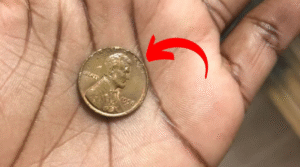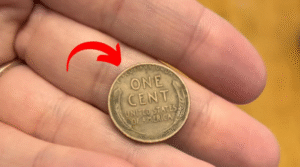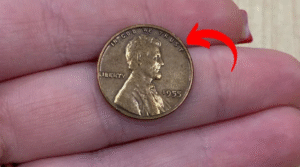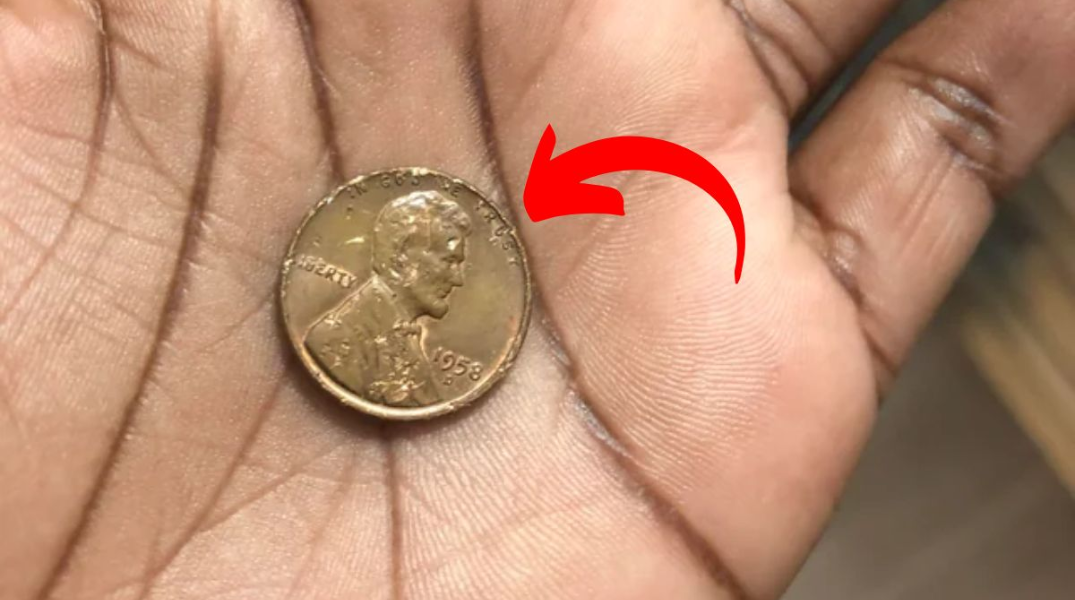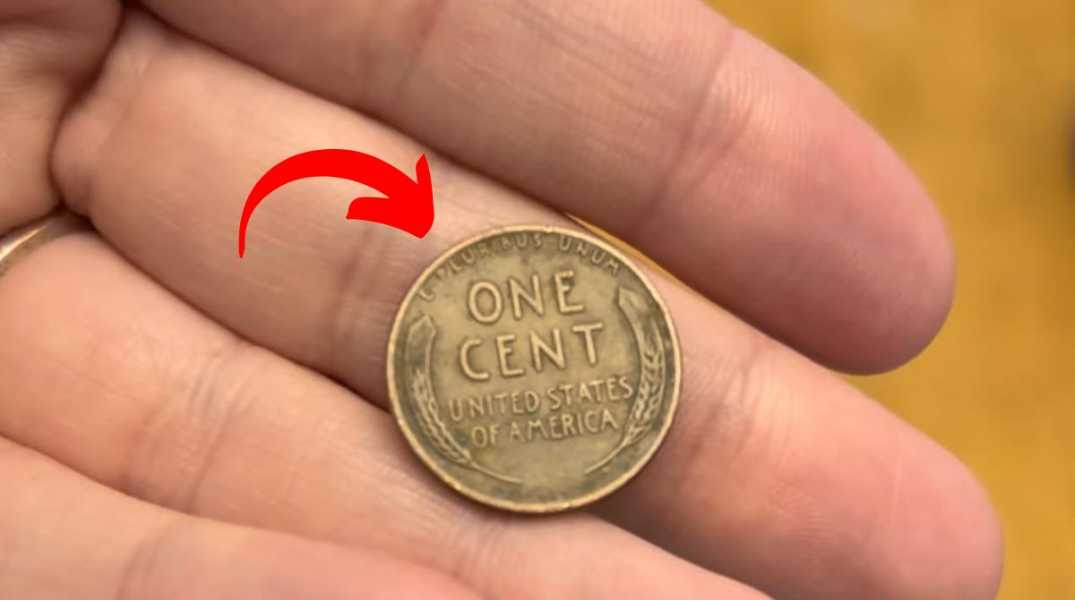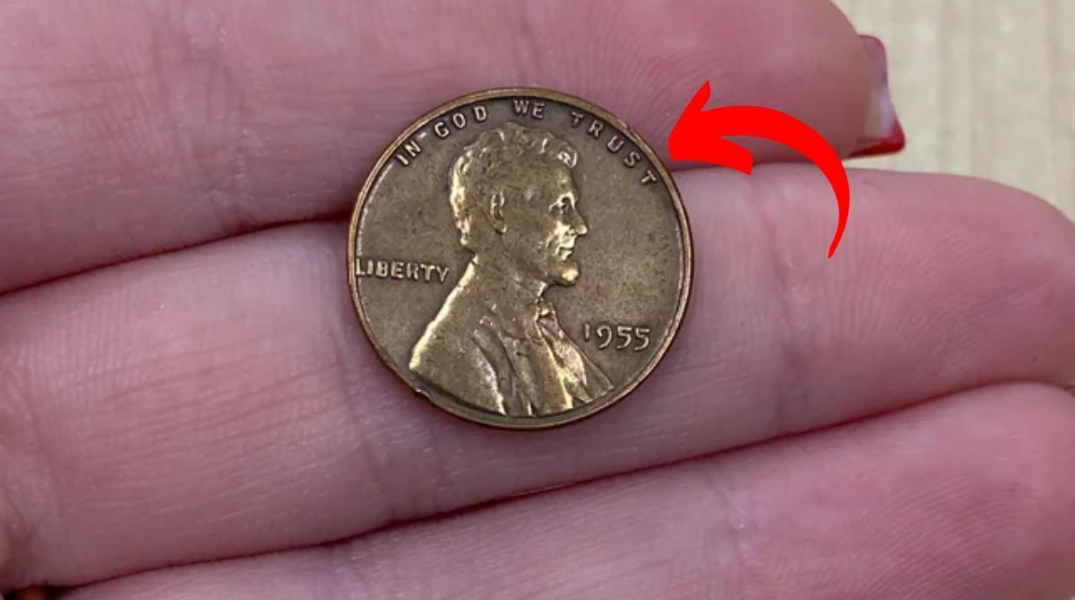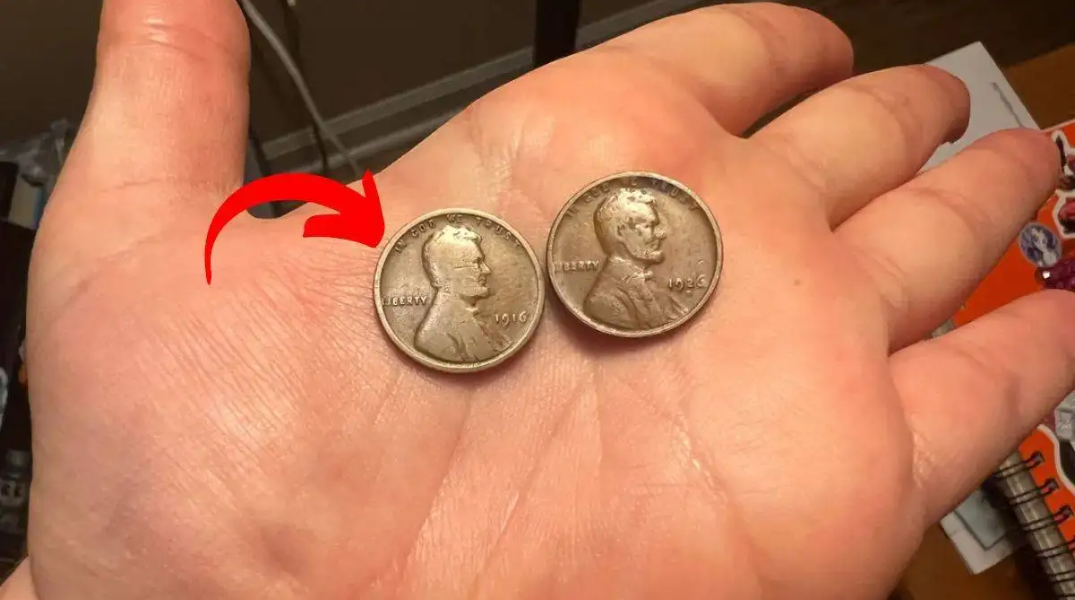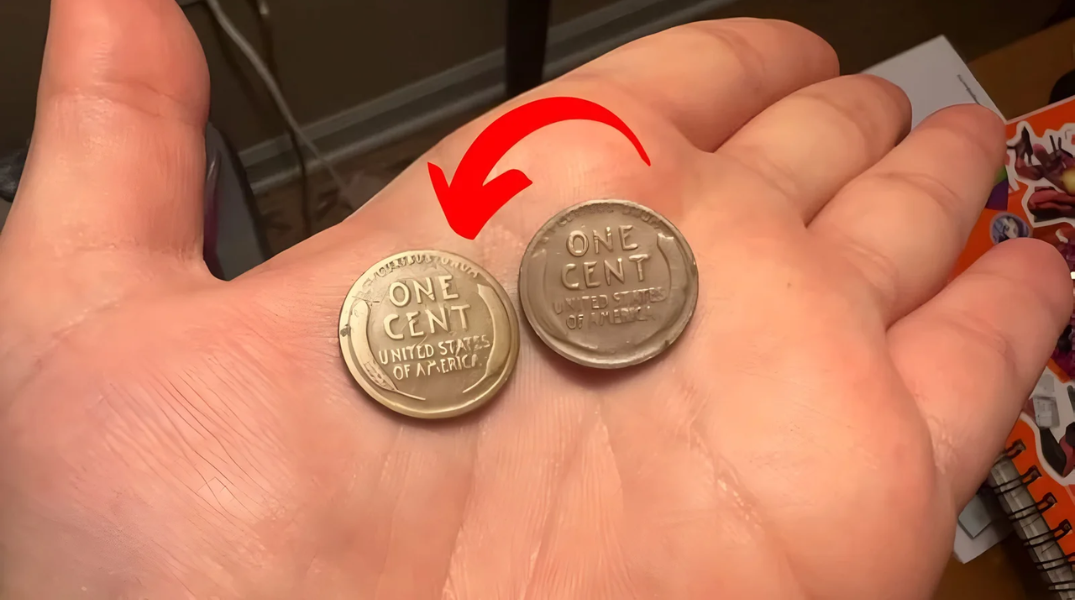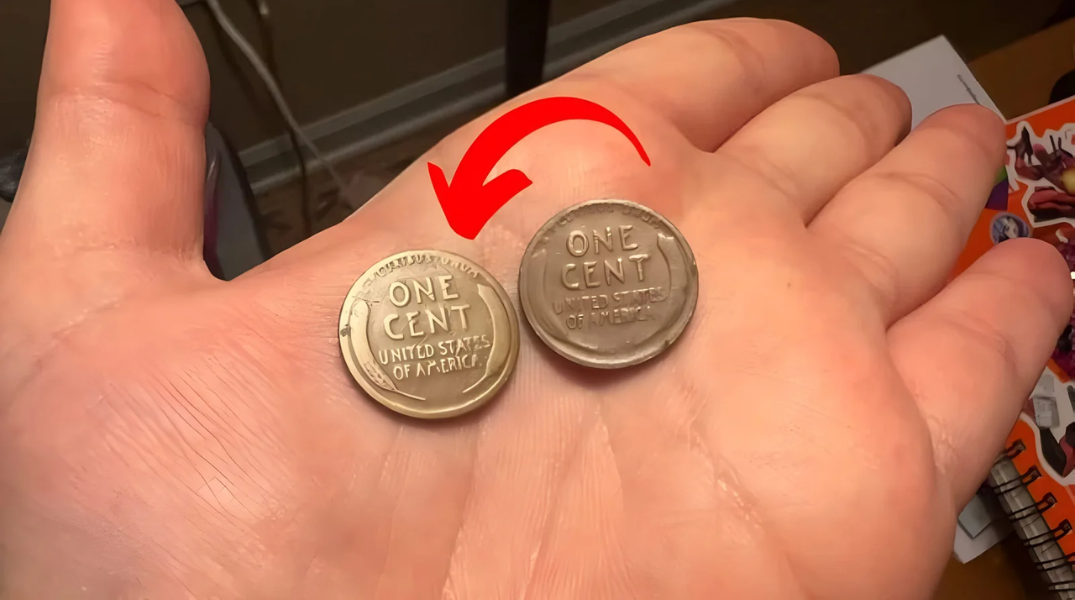Imagine reaching into your pocket for spare change and pulling out a penny that could change your life forever. Sounds like something out of a movie, right? But for a lucky few, this has been a real-life twist of fate. Meet the 1943 copper Lincoln Wheat Penny — a rare coin valued at up to $8.8 million. With only a handful known to exist and rumors that more may still be in circulation, this humble-looking penny continues to spark national treasure hunts.
In this article, we’ll dive into the story behind this remarkable coin, why it’s so valuable, how to spot one, and what other rare pennies might be hiding in your change. Plus, we’ll include a quick FAQ to help you identify if you might be holding a fortune without even knowing it.
The Legacy of the Lincoln Wheat Penny
The Lincoln Wheat Penny, first minted in 1909 to celebrate Abraham Lincoln’s 100th birthday, was the first U.S. coin to feature a president’s portrait. Designed by Victor David Brenner, the coin depicts Lincoln on the front and two wheat stalks on the reverse — symbolizing the nation’s agricultural strength.
This classic design circulated for nearly 50 years, becoming a staple in American pockets. But in 1943, wartime demands turned a common penny into a collector’s dream.
A Wartime Mistake Creates a Multi-Million Dollar Coin
During World War II, the U.S. Mint stopped using copper for pennies to save the metal for military manufacturing. That year, all pennies were supposed to be made of zinc-coated steel — resulting in the unique, silvery-looking “steel pennies” still found today.
However, a small number of leftover copper planchets (the blank discs used for minting) were accidentally used in the process. These rare 1943 copper pennies were never meant to exist — and that’s exactly what makes them so valuable. Today, they’re considered one of the most coveted error coins in U.S. history.
Why Is This Coin Worth $8.8 Million?
Several factors contribute to the astonishing value of the 1943 copper penny:
- Extreme rarity: Only an estimated 20 to 30 authentic coins have been confirmed.
- Historical importance: The coin is tied to a critical moment in U.S. history — World War II.
- Human error: The accidental nature of its creation adds to its mystique.
- High demand: Collectors are willing to pay top dollar when one appears at auction.
One example sold privately for a reported $8.8 million, making it one of the most valuable coins ever traded.
Famous Finds That Made Headlines
These aren’t just collector’s items—people have stumbled across these rare pennies in the most ordinary places:
- Don Lutes Jr., a teenager in 1947, found one in his school cafeteria change. The coin sold in 2019 for $204,000 after he held onto it for more than 70 years.
- Kenneth Wing, a 16-year-old in the 1950s, also found a 1943 copper penny in his lunch money. It too later sold for over $200,000.
These discoveries prove that million-dollar surprises really can come from everyday transactions.
How to Tell If You Have a Rare 1943 Copper Penny
Here’s what to look for:
- Date: The coin must be dated 1943.
- Color: Copper pennies have a reddish-brown appearance, not silvery like the steel versions.
- Magnet test: Steel pennies stick to a magnet. Copper ones do not.
- Weight: Copper pennies weigh around 3.11 grams, compared to 2.7 grams for steel.
- Mint mark: Below the date, look for a “D” (Denver), “S” (San Francisco), or no mark (Philadelphia).
⚠️ Beware of counterfeits. Some fakes are made by copper-plating 1943 steel pennies or altering dates. Always get your coin authenticated by a professional grading service before getting too excited.
Hidden Treasures: Where to Look
If you’re inspired to go on your own penny hunt, here are a few places to search:
- Old piggy banks and jars passed down through families
- Inherited coin collections from grandparents or older relatives
- Bank rolls of pennies that haven’t been searched
- Estate sales or yard sales with old coins
Even though many have been found, some experts believe a few more are still out there—just waiting to be discovered.
Other Rare Pennies That Could Be Worth a Fortune
While the 1943 copper penny is the superstar, other Lincoln Wheat Pennies are also highly valuable:
- 1909-S VDB: With the designer’s initials on the reverse, worth $1,000–$100,000.
- 1944 Steel Penny: A reverse error after copper was reintroduced, worth up to $1 million.
- 1955 Doubled Die: Known for its noticeable doubling in the lettering, can fetch up to $50,000.
- 1922 “No D” Penny: A Denver-minted coin with no mint mark, can be worth thousands.
Why Coin Collecting Still Captivates
Coin collecting isn’t just a hobby — it’s a connection to history, art, and chance. The story of the 1943 copper penny blends all three: a historical moment, a design legacy, and a serendipitous mistake. And for those still hunting, it offers the thrill of the unknown.
It’s this mixture of nostalgia, education, and treasure-seeking that keeps generations of collectors engaged — and hopeful.
FAQs: 1943 Copper Lincoln Wheat Penny
Q: How much is a 1943 copper penny worth?
A: Depending on condition, it could fetch anywhere from $100,000 to $8.8 million.
Q: What makes the 1943 copper penny so rare?
A: It was minted by accident during WWII when pennies were supposed to be made of steel.
Q: How can I test if I have a copper penny?
A: Use a magnet (copper won’t stick), check the color (reddish-brown), and weigh it (around 3.11 grams).
Q: What should I do if I think I found one?
A: Avoid cleaning it. Contact a professional coin grading service or a numismatist for verification.
Q: Are there other valuable Lincoln pennies?
A: Yes! Look for the 1909-S VDB, 1944 steel penny, and 1955 doubled die, among others.
Final Thoughts
The tale of the 1943 copper Lincoln Wheat Penny is a reminder that extraordinary things can hide in plain sight. Whether you’re a seasoned collector or a casual observer, this story invites you to take a second look at that jar of old coins or the change in your wallet.
After all, the next $8.8 million penny might be just a pocket away.

